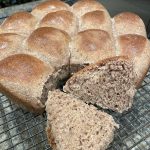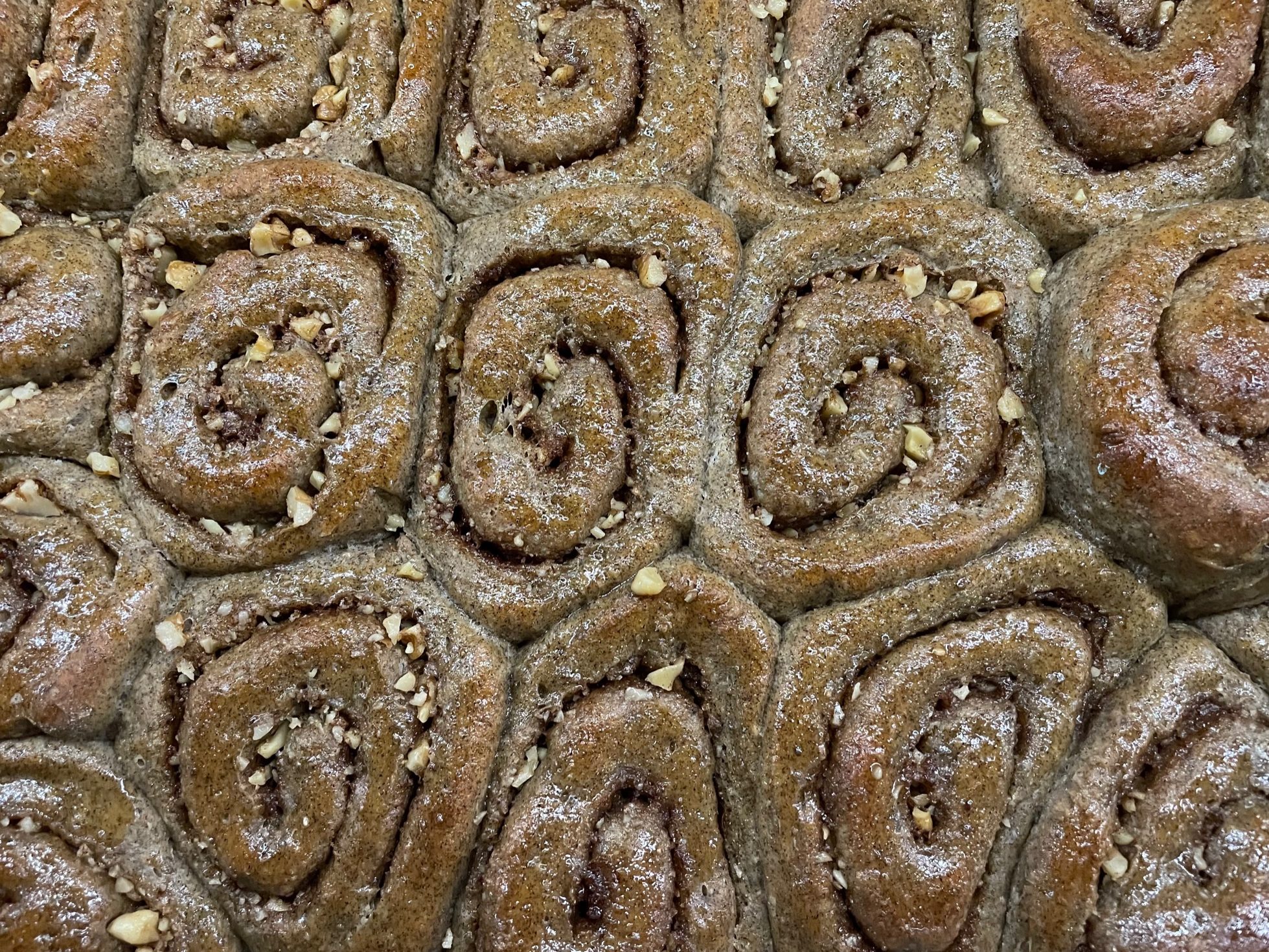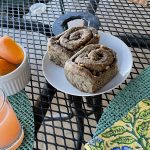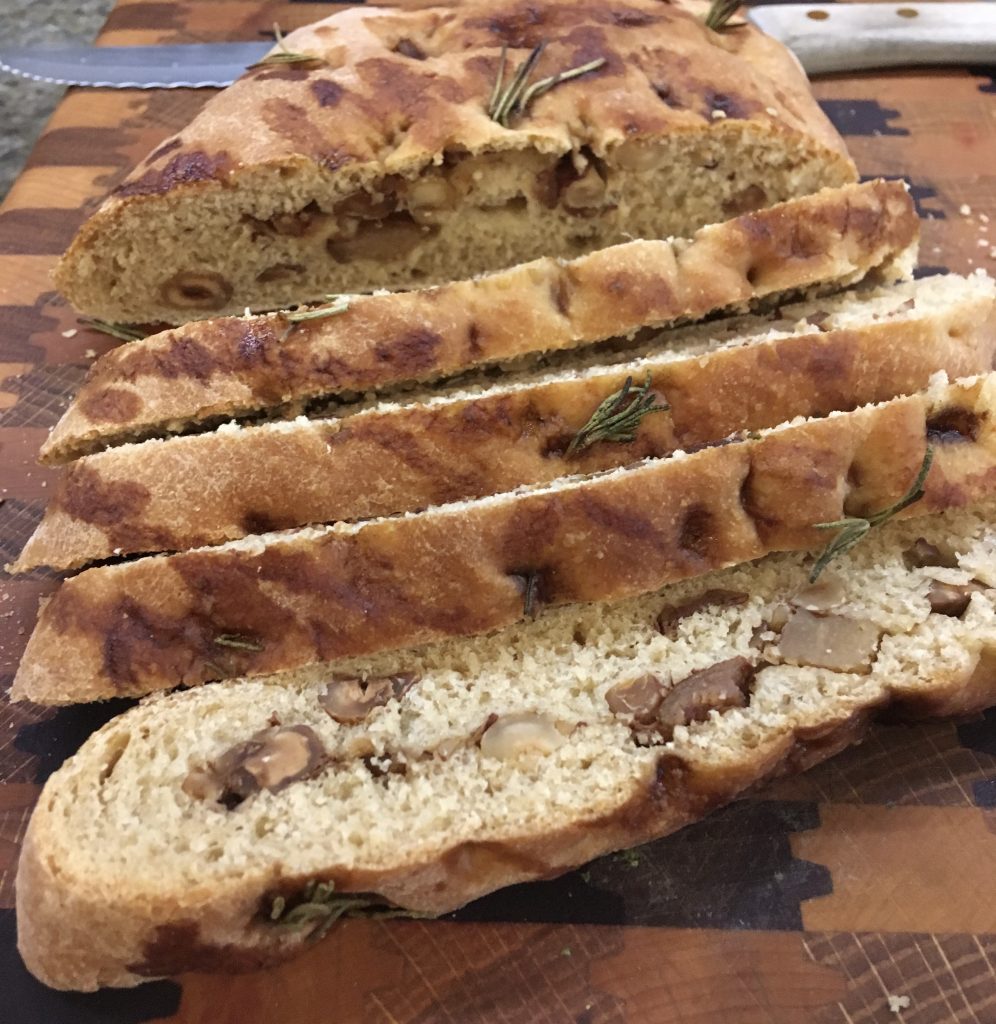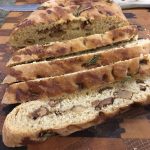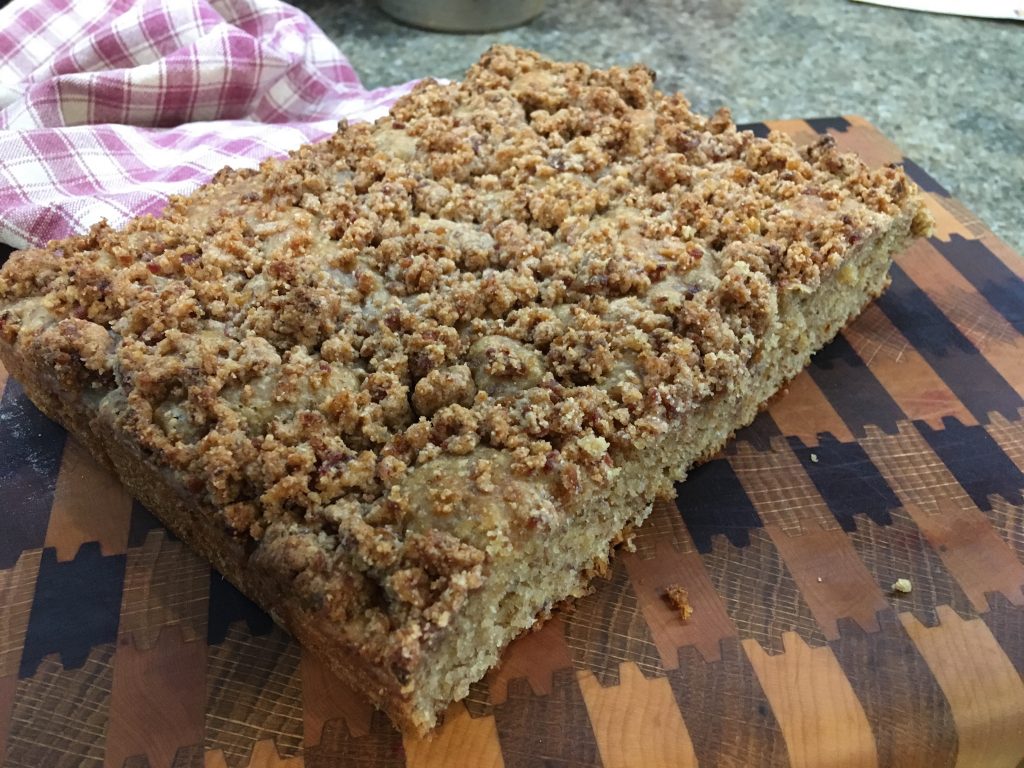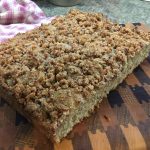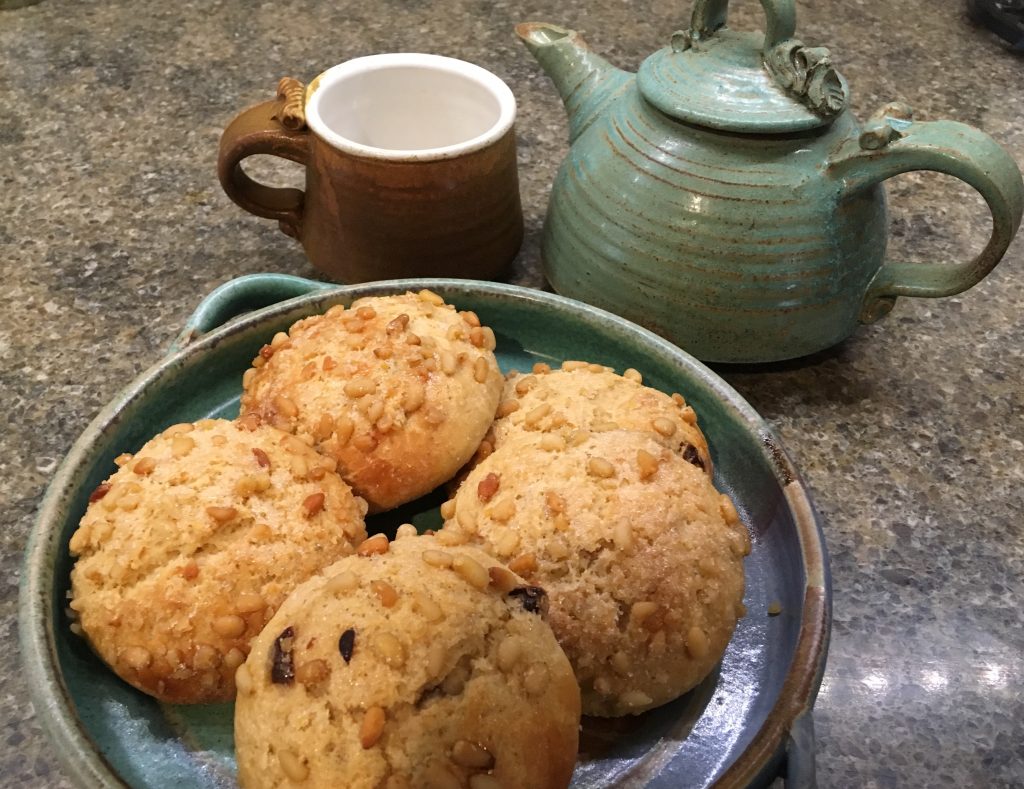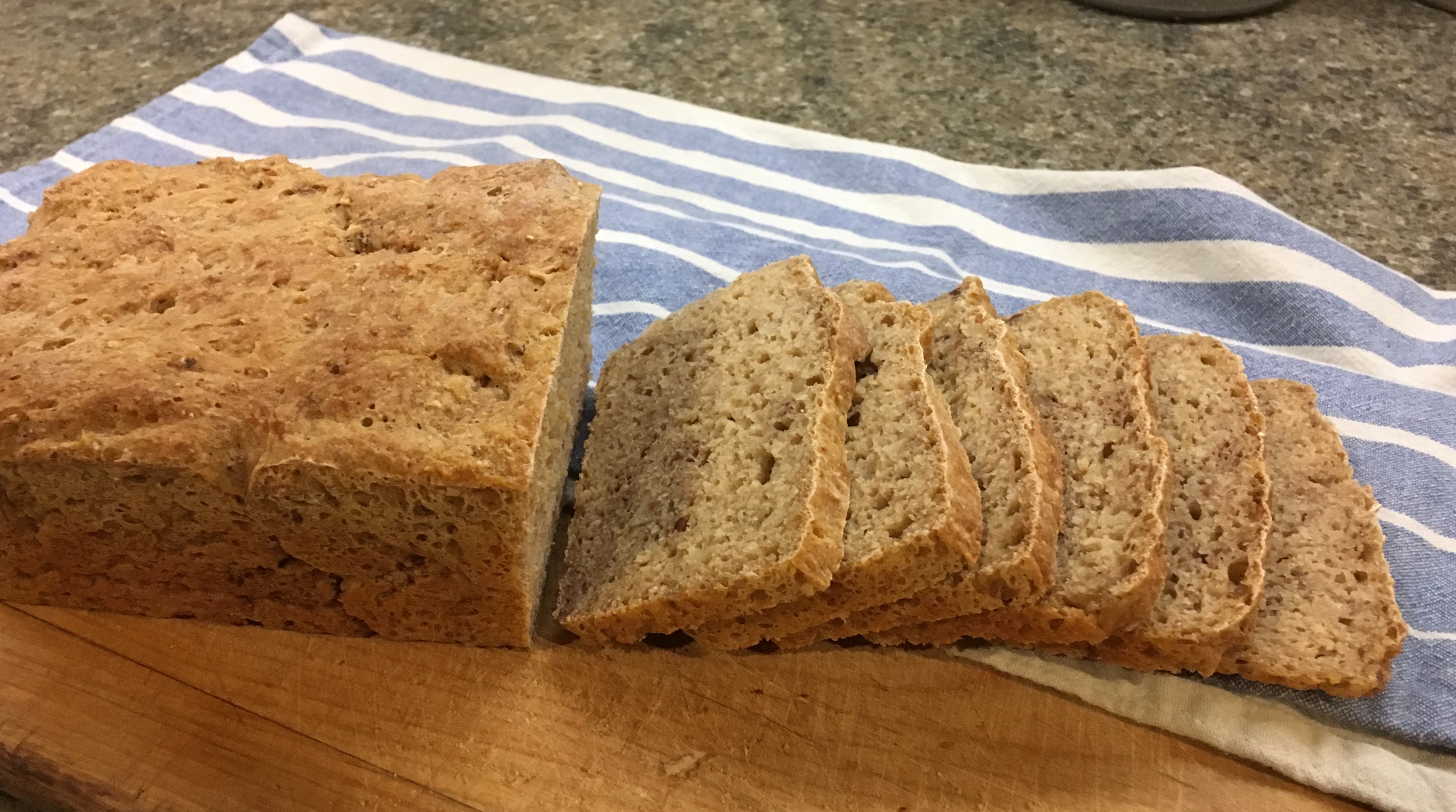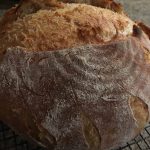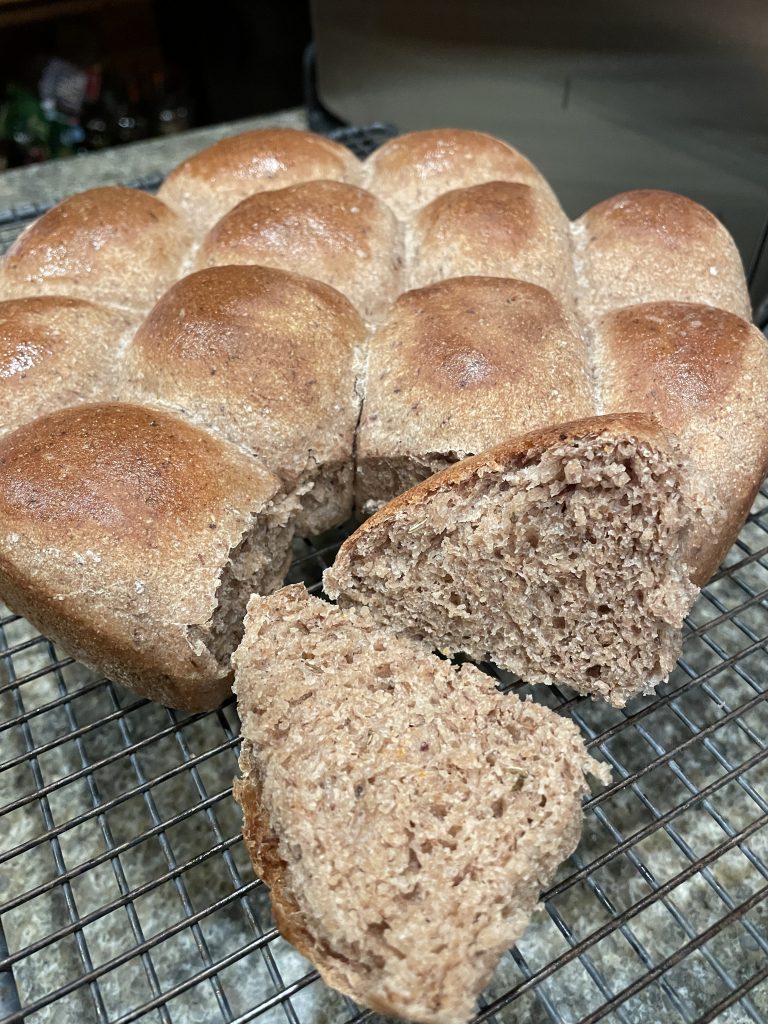
Years ago I was on a bike ride on the rural outskirts of town. I shared a long, deep gaze with a cow, placidly grazing in pasture. Suddenly eating that animal’s meat just seemed wrong. And I became, for several years, a highly questionable vegetarian. My family was appalled, including my mom. But I was undeterred, dragging them all along, at least for the meals served at home. I collected many a vegetarian cookbook. Most of them were filled with recipes utilizing eggs and fatty dairy products, cheese being the star, of course. And I mustn’t forget the pasta…these books contained terrific recipes using all the food items that made me a highly questionable vegetarian eater. Actual vegetables were an afterthought, at best.
But there was one book that exemplified the vegetarian eater that one should be. Filled with low fat recipes starring whole grains, beans, seeds, nuts and vegetables, it sat on the shelf collecting a patina of dust. Only a bit, for every now and again I’d take it off the shelf and read it, to remind me of what my meal plans should look like. It was actually a great read, very inspiring and entertaining. Yes, it was the granddaddy book of healthy vegetarian eating, Laurel’s Kitchen. Still revered as a classic by many today. The original was part nutrition textbook, part recipe book, and part Berkeley-style hippie commune life philosophy. If only I had wanted to eat this food! Which at the time, I did not…
Fast forward many years, and I now have the New Laurel’s Kitchen on my shelf. Amazingly I find myself using it as more than a good read. I’m actually cooking out of it. Like many plant based recipes, I find they need some tweaking, but the bread recipes in particular are quite good. The authors firmly believed that real whole grain bread and grains along with legumes should be the foundation of a plant based diet. I agree. Many people seem to think of their fondness for bread as an Achilles heel, a weakness to be overcome. Not so in this house! Whole grain sourdough bread is a mainstay, along with other whole grain home baked goods. Loaves are sliced and frozen, so that we just pull out the number of desired slices for a given meal. Whole grain bread is a deliciously nourishing and filling part of our meals, providing both protein and fiber.
The soft olive rolls I’m making today are an adaptation of the Buttermilk Bread from the New Laurel’s Kitchen. I add olive paste, orange zest and fennel seed, for a light and tender roll with the flavors of the Mediterranean. I also substitute kefir for buttermilk, as it is more reliably available, and lasts longer in the fridge than buttermilk. These rolls are terrific accompaniments to soups and salads, and I frequently have them available in the freezer for a last minute meal addition. I’m thinking they might be a tasty base for a summer grilled vegetable slider, so stay tuned…
There have been no more up close and personal encounters with cattle, but we have driven by many a CAFO in the middle-of-nowhere, Arizona. So, these days, I’m more of what is known as a flexitarian. There are a few days when meat, fish and dairy products are part of the menu, but seldom beef, at least for me. Ironically I’m probably a much healthier eater than I ever was as a vegetarian. Go figure.
Soft Olive Rolls
Ingredients
- 1 tsp active dry yeast
- 3/4 cup very warm water
- 1/2 cup kefir, plus 1 Tbsp
- 1 tbsp sugar
- 1/4 tsp salt
- 3 tbsp Kalamata olive spread
- 1 tsp orange zest
- 1 tsp fennel seed
- 1 cup bread flour
- 1 1/2 cups white whole wheat flour
- butter, optional
Instructions
- In large mixing bowl, activate the yeast in the warm water. Allow to set until bubbles form. Add the kefir, sugar, salt, olive spread, zest and fennel seed. Mix well. Stir in the bread flour, then add white whole wheat to make a soft but firm dough. It may take less than the full amount. Knead, by hand or mixer, for 5 minutes until sot and smooth. Place in a lightly greased bowl, cover and set aside in a warm place to rise, for 1-1/2 hours.
- Preheat the oven to 375 degrees F. Lightly grease or coat a 9-inch round cake pan with cooking spray. Cut the risen dough into 10 pieces, then round into balls by rolling under your cupped hand. Place the rolls evenly into the pan, and cover with a clean kitchen towel. Let the rolls rise until they touch and fill the pan, 45 minutes to 1 hour. Bake in the preheated oven for 20-25 minutes, until browned and baked through. If desired, brush the finished hot rolls with butter for shine. Remove from the pan and allow to cool slightly. Serve warm.
Notes
- Nutrition:
- 106 calories
- 1.2 g fat
- 0 g cholesterol
- 112 g sodium
- 20.6 g carbohydrate
- 1.9 g fiber
- 2 g fiber
- 3.6 G protein

